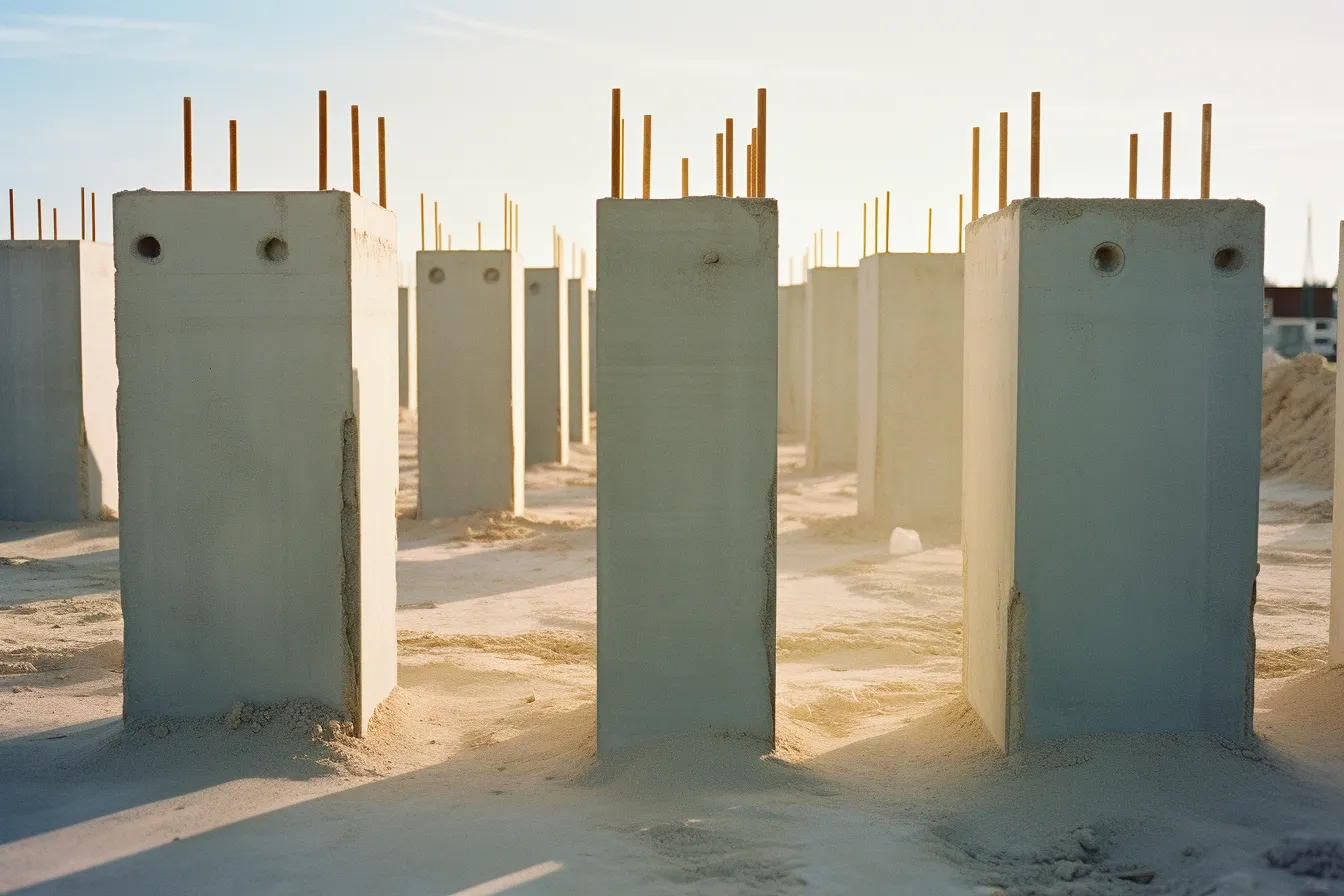Welcome to our article on concrete canvas, a construction innovation that has revolutionized the way we use concrete. In this blog post, we will explore the fascinating world of concrete canvas and its various uses in the construction industry. Whether you are a construction professional or simply curious about the latest advancements in building materials, this article will provide you with valuable insights and information.
The Birth of Concrete Canvas
Concrete canvas, also known as “concrete cloth,” is a unique material that combines the flexibility of fabric with the durability of concrete. It was first developed by a British company in the early 2000s as a solution for rapid concrete construction in challenging environments. The idea behind concrete canvas was to create a material that could be easily transported and deployed, eliminating the need for large-scale machinery and extensive manpower.
How It Works
Concrete canvas consists of a cement mix that is impregnated into a specially designed fabric. When water is added, the fabric becomes rigid, allowing the concrete to set and form a solid structure. The fabric itself acts as a reinforcement, providing strength and stability to the concrete while also giving it flexibility and moldability. This unique combination makes concrete canvas a versatile material that can be used in a wide range of applications.
Applications of Concrete Canvas
The potential uses for concrete canvas are vast and varied. One of the most common applications is in the construction of durable and cost-effective shelters. The fabric can be quickly erected, and once the concrete sets, it creates a weatherproof and fire-resistant structure that can withstand harsh conditions. These shelters have been used in disaster relief efforts, military operations, and remote construction sites.
Concrete canvas is also gaining popularity in the landscaping industry. It can be used to create retaining walls, erosion control structures, and even decorative elements such as sculptures and planters. The flexibility of the material allows for unique designs and shapes that would be challenging to achieve with traditional concrete.
In addition to shelters and landscaping, concrete canvas is finding its way into infrastructure projects. It can be used to line channels and ditches, create water storage tanks, and repair damaged concrete structures. The ease of installation and the durability of the material make it an attractive option for these types of applications.
The Benefits of Concrete Canvas
Concrete canvas offers several advantages over traditional concrete construction methods. Firstly, its rapid deployment capability significantly reduces construction time, making it ideal for urgent projects and emergency situations. Secondly, the material requires minimal manpower and machinery, resulting in cost savings and increased efficiency. Lastly, the flexibility of concrete canvas allows for innovative designs and customization, opening up new possibilities in architectural and engineering applications.
Conclusion
Concrete canvas has undoubtedly made a significant impact on the construction industry. Its unique combination of flexibility, durability, and ease of use has made it a preferred choice for many construction professionals. Whether it is used for building shelters, creating beautiful landscapes, or repairing infrastructure, concrete canvas continues to push the boundaries of what is possible with concrete. As technology advances, we can expect to see even more exciting applications for this innovative material.
